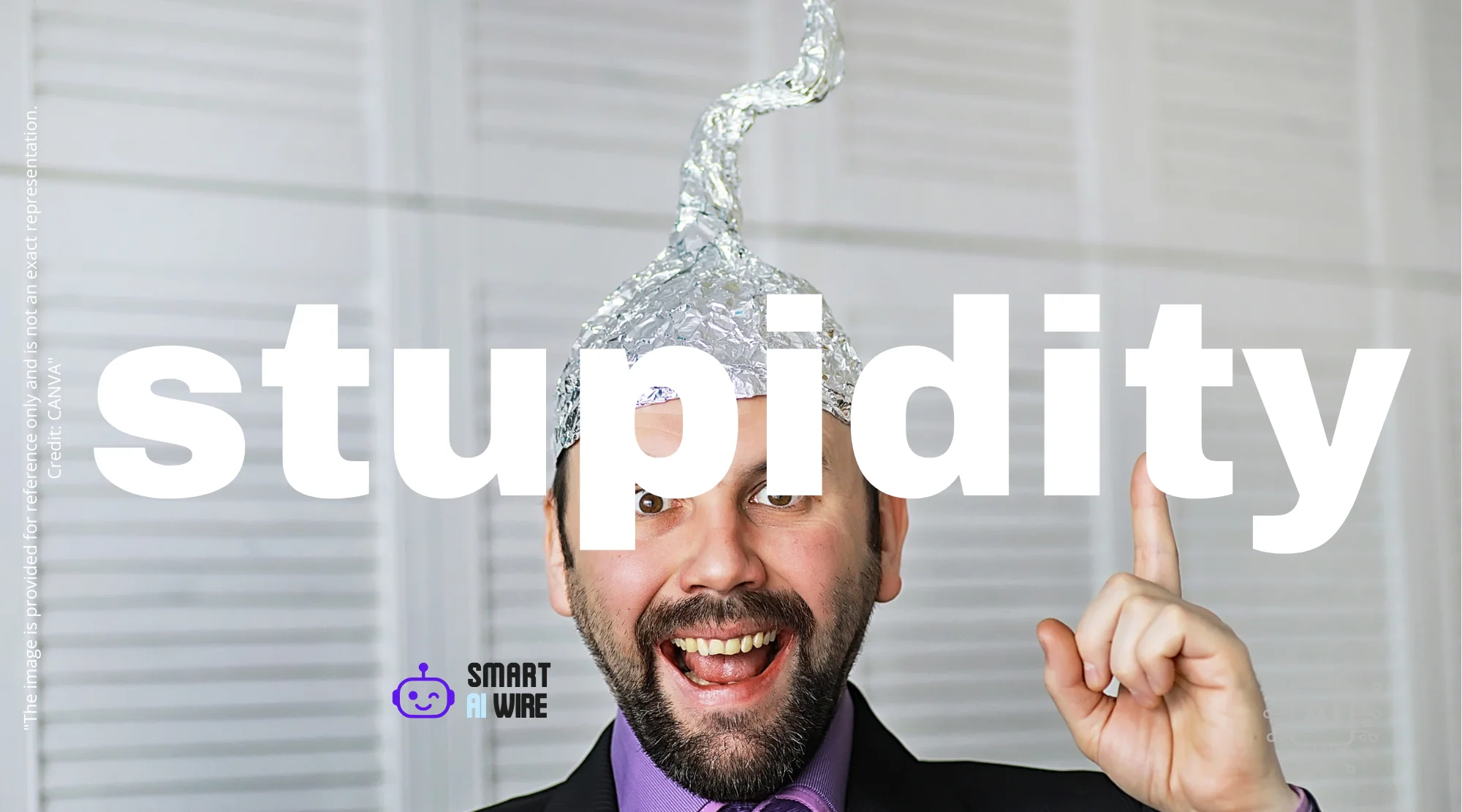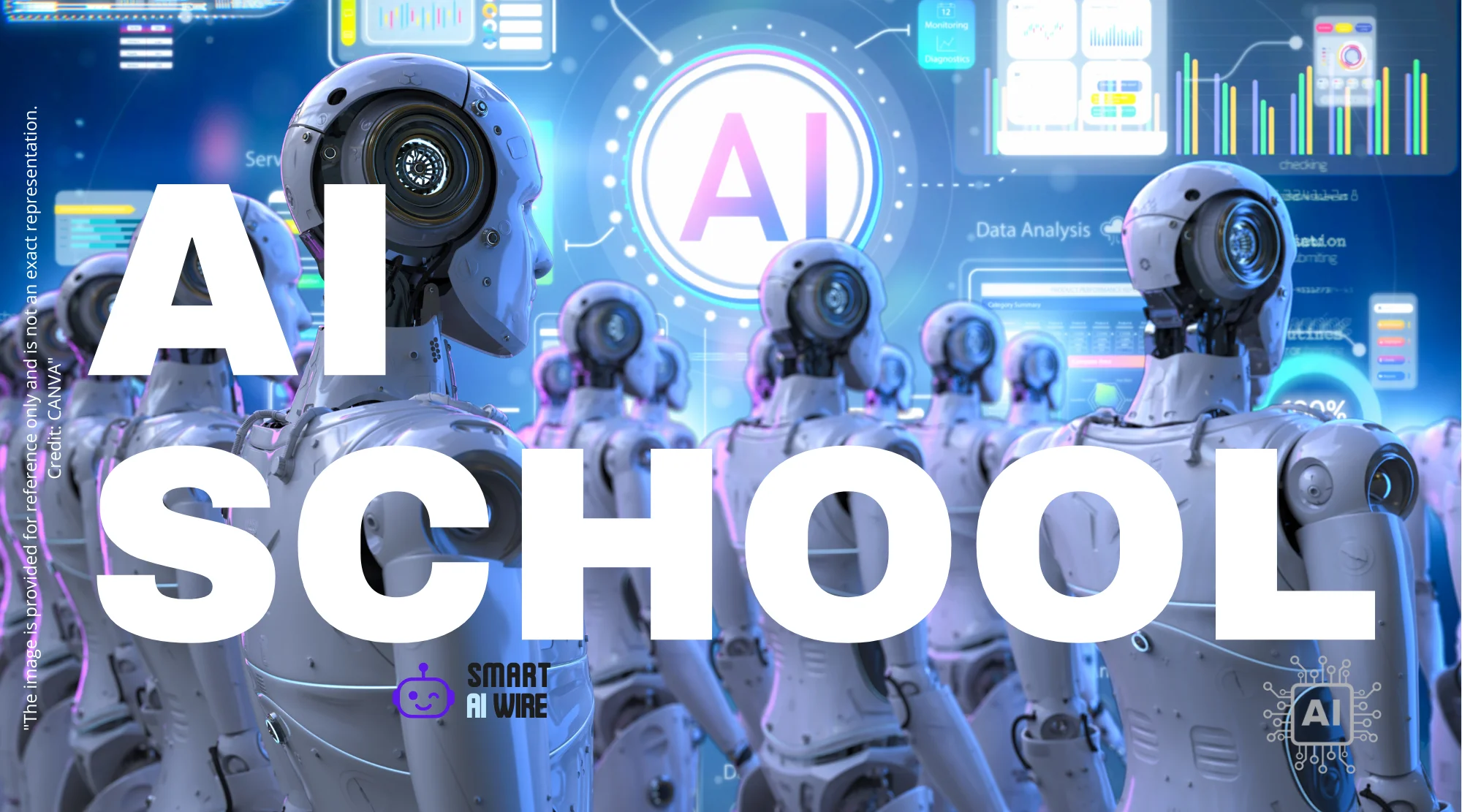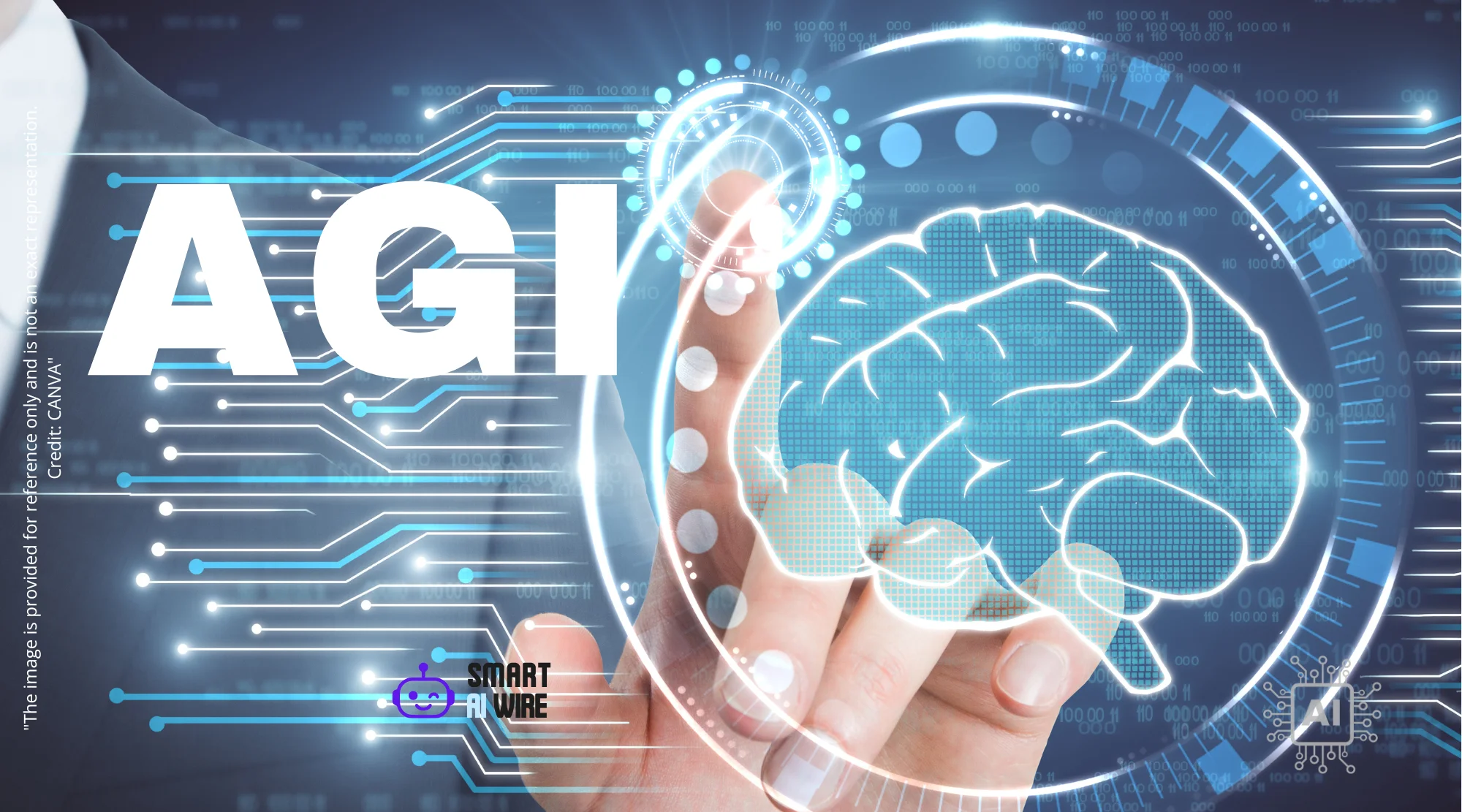The rise of artificial intelligence (AI) has sparked both excitement and concern across various industries, particularly within the creative sectors. While AI offers powerful tools to enhance efficiency and innovation, many remain wary of its potential impact on artistic integrity and the role of human creators. This sentiment is echoed by Embracer Group’s CEO, who emphasizes that while AI is a valuable asset, “human authorship is final.” This article delves into the nuanced relationship between AI and human creativity, exploring the benefits and limitations of AI in creative fields, and why the human element remains irreplaceable.
The Power and Potential of AI in Creative Industries
AI is rapidly transforming numerous industries, and the creative sector is no exception. From generating content to assisting with design and development, AI tools offer a range of capabilities that can significantly enhance productivity and unlock new possibilities. These capabilities are why many are actively trying to master AI prompts and tools.
AI-powered tools can automate repetitive tasks, freeing up human creators to focus on more strategic and imaginative aspects of their work. For instance, in game development, AI can assist with level design, character animation, and even narrative generation. In the music industry, AI can compose melodies, generate harmonies, and produce entire tracks.
Furthermore, AI can analyze vast amounts of data to identify trends and patterns, providing valuable insights that inform creative decisions. This data-driven approach can help creators better understand their audience, optimize their content, and increase their chances of success. Embracer Group itself aims to use AI in ethical and sustainable ways, suggesting they see the value in these applications.
The Limits of AI: The “Soulless” Creation
Despite the potential benefits, there are inherent limitations to AI’s role in creative endeavors. One of the primary concerns is the lack of originality and emotional depth in AI-generated content. While AI can mimic human styles and techniques, it lacks the lived experiences, emotions, and unique perspectives that inform authentic human creativity.
AI operates based on algorithms and data sets, meaning its output is essentially a reflection of existing content. This can lead to derivative works that lack the spark of originality and the emotional resonance that connects with audiences on a deeper level. This is what the CEO of Embracer Group refers to as potentially “soulless” results. While AI tools can produce technically proficient content, they often fail to capture the essence of human expression.
Another limitation of AI is its inability to exercise critical judgment and make nuanced decisions. Creative processes often involve subjective evaluations and intuitive choices that are difficult for AI to replicate. Human creators can draw upon their personal experiences, cultural knowledge, and ethical considerations to shape their work in meaningful ways.
The Indispensable Role of Human Authorship
The notion that “human authorship is final” underscores the fundamental importance of the human element in creative endeavors. While AI can serve as a powerful tool to augment human capabilities, it cannot replace the unique qualities and contributions of human creators.
Human creativity is driven by a combination of factors, including imagination, emotion, empathy, and personal experience. These elements are essential for producing works that resonate with audiences, evoke emotions, and convey meaningful messages. AI, on the other hand, is limited by its lack of consciousness and subjective understanding.
Furthermore, human creators bring a critical perspective to their work, allowing them to challenge conventions, push boundaries, and explore new ideas. They can infuse their creations with social commentary, political messages, and personal reflections, adding layers of depth and complexity that AI cannot replicate. Human oversight ensures the ethical and artistic integrity of the final product, something particularly important as we navigate the ethics of content moderation with AI.
The Future of AI and Human Collaboration
The future of creative industries likely lies in a collaborative approach, where AI and human creators work together to achieve greater results. AI can handle the more mundane and repetitive tasks, freeing up human creators to focus on the more strategic and imaginative aspects of their work. This synergy can lead to greater efficiency, increased innovation, and higher-quality content.
However, it is crucial to maintain a clear distinction between AI-generated content and human-authored content. Transparency is essential to ensure that audiences are aware of the role AI played in the creation process. This is especially important in fields like journalism, where trust and credibility are paramount. News outlets must be transparent about their AI strategies to maintain audience trust.
Moreover, it is important to address the ethical implications of AI in creative fields. Issues such as copyright infringement, plagiarism, and bias in algorithms must be carefully considered and addressed through responsible development and deployment of AI technologies.
Adapting to the Changing Landscape
The rise of AI presents both challenges and opportunities for individuals and businesses. Adapting to this changing landscape requires a proactive approach that embraces innovation while safeguarding human values and artistic integrity. For tech professionals, understanding how to effectively use AI in the workplace is becoming increasingly crucial.
Investing in education and training is essential to equip individuals with the skills and knowledge they need to navigate the AI-driven world. This includes not only technical skills, but also creative skills, critical thinking skills, and ethical awareness. We must prepare students for an AI-driven world by fostering creativity and adaptability.
Businesses need to develop clear AI strategies that align with their values and goals. This includes establishing guidelines for the ethical use of AI, investing in human talent, and fostering a culture of collaboration between humans and machines. Diversification is key when it comes to investment strategies.
In conclusion, while AI offers powerful tools to enhance creativity and innovation, human authorship remains final. The unique qualities and contributions of human creators are indispensable for producing works that resonate with audiences, evoke emotions, and convey meaningful messages. By embracing a collaborative approach and addressing the ethical implications of AI, we can harness its potential while preserving the artistic integrity and human values that define creative expression.




3 thoughts on “AI and Human Authorship: Why the Human Element Remains Final”